- Home
- Guessing Games
- Google Minesweeper
Advertisement
Advertisement
Advertisement
Advertisement
Google Minesweeper
Advertisement
Advertisement
Other Guessing Games

GeoGuessr Free
Geographic Games, Guessing Games, Daily Games, Unlimited Games
Play

OpenGuessr
Geographic Games, Guessing Games, Daily Games, Puzzle Games
Play

Flag Quiz
Geographic Games, Guessing Games, Puzzle Games
Play
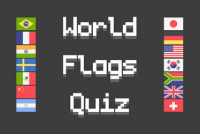
World Flags Quiz
Geographic Games, Guessing Games
Play

City Guesser
Geographic Games, Guessing Games
Play
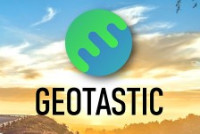
Geotastic
Geographic Games, Guessing Games, Puzzle Games
Play
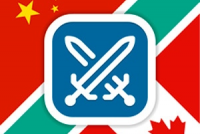
Flags of the World Quiz
Geographic Games, Guessing Games, Puzzle Games
Play
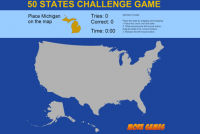
USA Map Challenge
Geographic Games, Guessing Games, Daily Games, Unlimited Games
Play

US 50 States Quiz
Geographic Games, Guessing Games, Puzzle Games
Play
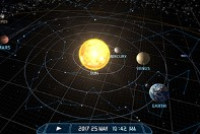
Solar System Scope
Guessing Games, Puzzle Games
Play
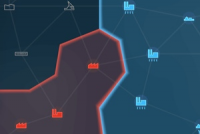
Kiomet
Guessing Games, Puzzle Games
Play
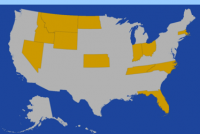
USA Map Quiz
Geographic Games, Guessing Games
Play
Categories & Tags
Google Minesweeper is an old-fashioned puzzle test where the player must scan a hidden minefield with reason to find the safe squares. Available right in your web browser, it's a quick and entertaining way to play with logic and problem-solving. The rules are easy but deceptive: find all the safe squares without accidentally clicking on a hidden mine. Take one incorrect step, and the game is over.
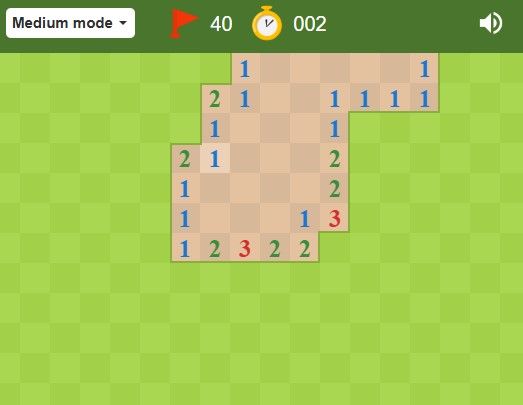
How the Game Google Minesweeper
The gameboard is made up of a square grid. Gridding ranges in size from beginner (8x8) to expert (16x30), depending on difficulty. Some squares contain mines, and others contain numbers. Numbers are markers for how many mines are adjacent to that square — including diagonals.
When you press a square:
- If it is safe, you will either read a number or an empty space.
- If it is unoccupied, the game automatically opens adjacent squares.
- If you click on a mine, the board will explode, and you will lose.
To flag possible mines, right-click on a square to put up a flag. This is a very useful option to use when solving more difficult puzzles, especially if the board has numbers on it. The very first square that you click on is always safe, which gives each game an equal start.
Difficulty Levels and Custom Options
Google Minesweeper comes with three pre-set difficulty levels:
- Beginner – 8x8 game board with 10 mines
- Intermediate – 16x16 game board with 40 mines
- Expert – 16x30 game board with 99 mines
Though these modes offer ample challenge, most online versions of Minesweeper include the option to create custom grids that you can select by both board size and mine number. These editable options render the puzzle infinitely replayable, with a quick game available if you wish to play briefly or a lengthy mental exercise at your leisure.
Strategy and Tips for Winning
The secret to becoming an expert at Google Minesweeper is in deduction. Every number on the board is a tip on where mines are possibly hiding. When a square with a "2" has two flagged neighbors, you can deduce that the rest of the surrounding squares are safe to explore.
Some tips for improved play are:
- Begin from corners or edges for simpler deductions.
- Be liberal with flags to prevent errors.
- Take into consideration the total number of mines left while making a choice.
- Practice patience — rush often brings mistake.
Join Google Feud popularity comes from its accessibility and shareability. The game is free to play in any web browser, making it easy for friends, families, and classrooms to enjoy together.
Advertisement
Advertisement
Discuss: Google Minesweeper
Play New Games
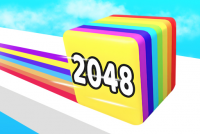
Jelly Run 2048
Puzzle Games
Play

Fill The Fridge
Puzzle Games
Play
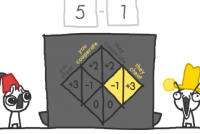
The Evolution Of Trust
Puzzle Games
Play

Stupidity Test
Puzzle Games
Play
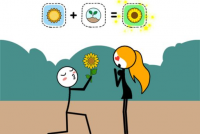
Alchemy Puzzle
Puzzle Games
Play

Labubu Clicker
Puzzle Games
Play
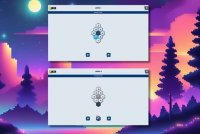
HexaMatch
Puzzle Games
Play

Slice Master
Puzzle Games
Play
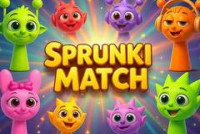
Sprunki Match
Puzzle Games, Trending Games
Play

Sprunki Whooo
Guessing Games, Puzzle Games
Play
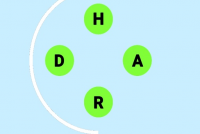
Guess Words Fast
Guessing Games, Puzzle Games
Play

Take Care of Your Own Shadow Milk
Trending Games
Play

Pips NYT
Guessing Games, Puzzle Games
Play

Chiikawa Puzzle
Puzzle Games
Play
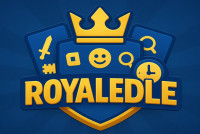
Royaledle
Guessing Games, Puzzle Games
Play
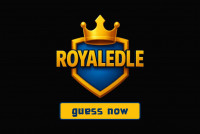
Clashdle
Guessing Games, Puzzle Games
Play
